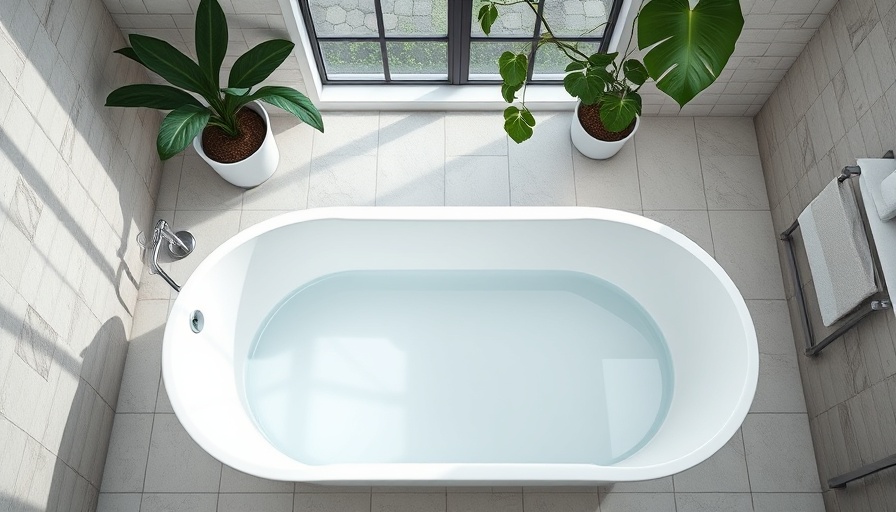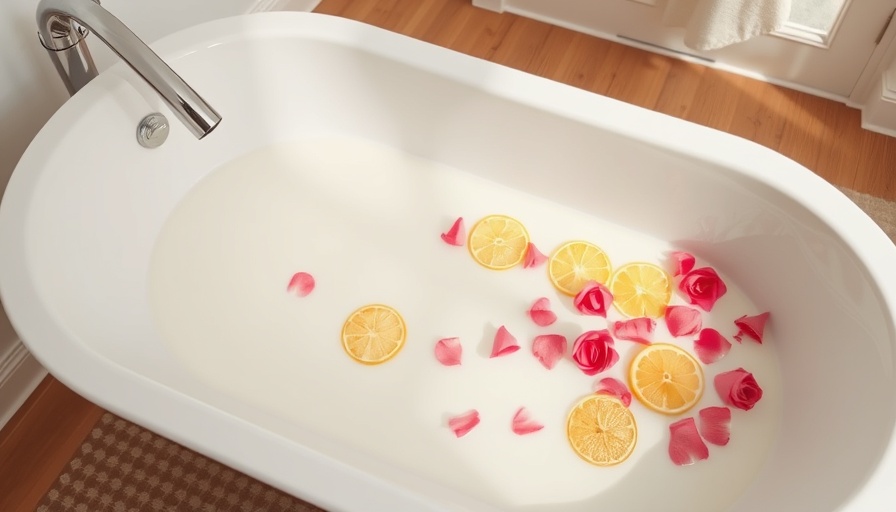
Learn How to Unclog a Bathtub Drain Without Chemicals
Dealing with a clogged bathtub drain can be a frustrating experience that many homeowners face. Fortunately, there are effective ways to address these pesky blockages without resorting to harsh chemicals, making it a great DIY project for enthusiasts and professionals alike.
The Frustration of Clogged Drains
If you’ve ever washed your hair and had it accumulate in the bathtub drain, you know how quickly clutter can build up. Soap scum, hair, and other debris can lead to slow drainage or total blockages. As a home improvement company or small business owner, understanding these common issues can help you serve your customers better by offering solutions that are cost-effective and environmentally friendly.
Simple, Natural Techniques to Unclog Your Drain
Begin by gathering a few simple tools, such as a utility knife, screwdriver, and a wire hook. You can also use household items like baking soda and vinegar to tackle tough clogs.
One of the most effective methods involves:
- Boiling Water: Pour boiling water down the drain to help loosen any buildup.
- Baking Soda and Vinegar: Try a mix of half a cup of baking soda followed by a cup of vinegar. Allow it to fizz and work its magic for about 15 minutes before flushing it down with hot water.
- Using a Plunger: If the blockage persists, use a plunger to generate pressure that can dislodge stubborn debris.
Preventive Measures to Avoid Future Blockages
To minimize the risk of clogs in the future, consider incorporating some preventive strategies into your routine. Encourage your clients to:
- Install a mesh drain cover to catch hair and debris.
- Regularly use a baking soda and vinegar maintenance routine.
- Educate themselves on what items should not go down the drain.
Why This Matters for Your Business
As small business owners in the home improvement industry, staying informed about common household problems and their solutions not only enhances customer service but also positions your business as a go-to resource for home maintenance advice. Providing helpful information can build customer loyalty and drive word-of-mouth referrals.
Conclusion: Take Action and Share the Knowledge
Whether you are tackling this issue for yourself or advising customers, these methods ensure you avoid harsh chemicals while efficiently resolving drain blockages. Share these insights with your clients and encourage them to adopt these practices for a healthier home environment.
To learn more about how to grow your home improvement services or pursue additional DIY approaches, consider staying connected with industry trends. Regular education on home services can benefit your business and clients alike.
 Add Row
Add Row  Add
Add 




Write A Comment